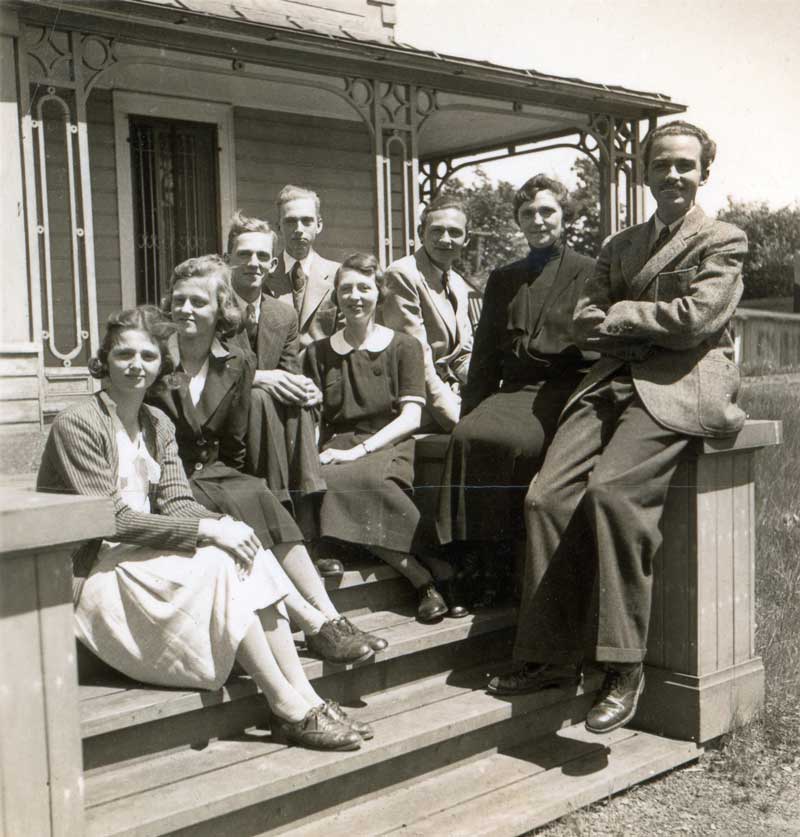Historical background
An itinerary of the imperial family of Habsburg-Lorraine and its private jewellery (“Privatschmuck”)
By Richard Bassett
The House of Habsburg-Lorraine was created in 1736 through the marriage of Archduchess Maria Theresa of Austria to the Duke of Lorraine, Francis-Stephen. This line provided all the Holy Roman Emperors from 1745 to 1806 and the emperors of Austria from 1804 to 1918. The items of jewellery discussed here have historically been a part of the private property of the imperial family.
Among the items of jewellery are a diamond encrusted Order of the Golden Fleece, the House Order of the Habsburg family, and the so-called “Florentine” diamond. Both these items along with the other objects were always listed in a separate inventory to the state crown jewels of the Habsburg Monarchy, confirming their status as items which were not part of the monarchy’s crown jewels. The objects’ status was further confirmed in 1921 by the then “Finanzprokurator” in Austria who declared all the items in the collection discussed here as “reines habsburg-lothringisches Privatvermögen“, separate private property, of the Habsburg-Lorraine house.1 Later in 2001 the jewellery was again labelled as “Privatschmuck”, (private jewellery), the personal property of the Imperial house.2
The “Florentine” diamond came to be a Habsburg possession when, with the extinction of the male Medici line, Tuscany passed to the Duke of Lorraine, Francis Stephen, who had married the Archduchess Maria Theresa of Austria in 1736. The Treaty of Vienna of 1738 confirmed the transfer of Tuscany in its entirety to Francis Stephen who, in exchange, surrendered his title to the Duchy of Lorraine and was, with the support of his wife, later crowned Holy Roman Emperor in 1745.

Such legislation, however, has no relevance to the lawful ownership of the private jewellery items discussed here, as they were, at the time these laws were passed, outside Austria. The First Austrian Republic had attempted to put pressure on the Swiss government to surrender some of these items in 1921. Documents in the Swiss archives show how these attempts all failed on purely legal grounds.7
Richard Bassett is a Bye-Fellow of Christ‘s College Cambridge and a former visiting professor of the Central European University. An acknowledged authority on central European history for nearly forty years, he is the author of the widely praised biography of Maria Theresa (Yale University Press), the ground breaking history of the Habsburg army ”For God and Kaiser“ (Yale University Press), and a best-selling memoir of central Europe during the last decade of the Cold War ”Last Days in Old Europe” (Allen Lane). He is a senior associate of the Cambridge Centre for Geopolitics.
- 1. Schweizer Bundesarchiv Bern: Swiss Legation Minister's memorandum to the Swiss Minister of Foreign Affairs of 8th and 14th February 1921. P.10 B44/142/2
- 2. Letter from the Director of the Kunstkammer in the Vienna Kunsthistorisches Museum, Dr Rudolf Distelberger dated 7th November 2001 in which the Director states the items were always listed in a separate inventory as “Privatschmuck des Kaiserhauses”.
- 3. Habsburgergesetz as constitutional law of Austria (see Art. 149 BV-G)
- 4. ORF radio interview with Otto Habsburg 22.10.1995
- 5. Gesetz vom 14.3.1938 Gesetzblatt für das Land Oesterreich Nr 311
- 6. Stiftungs- und Fonds-Reorganisationsgesetz vom 6. Juli 1954 BGBL 197/54
- 7. Schweizer Bundesarchiv Bern: Swiss Legation Minister's memorandum to the Swiss Minister of Foreign Affairs of 8th and 14th February 1921. P.10 B44/142/2